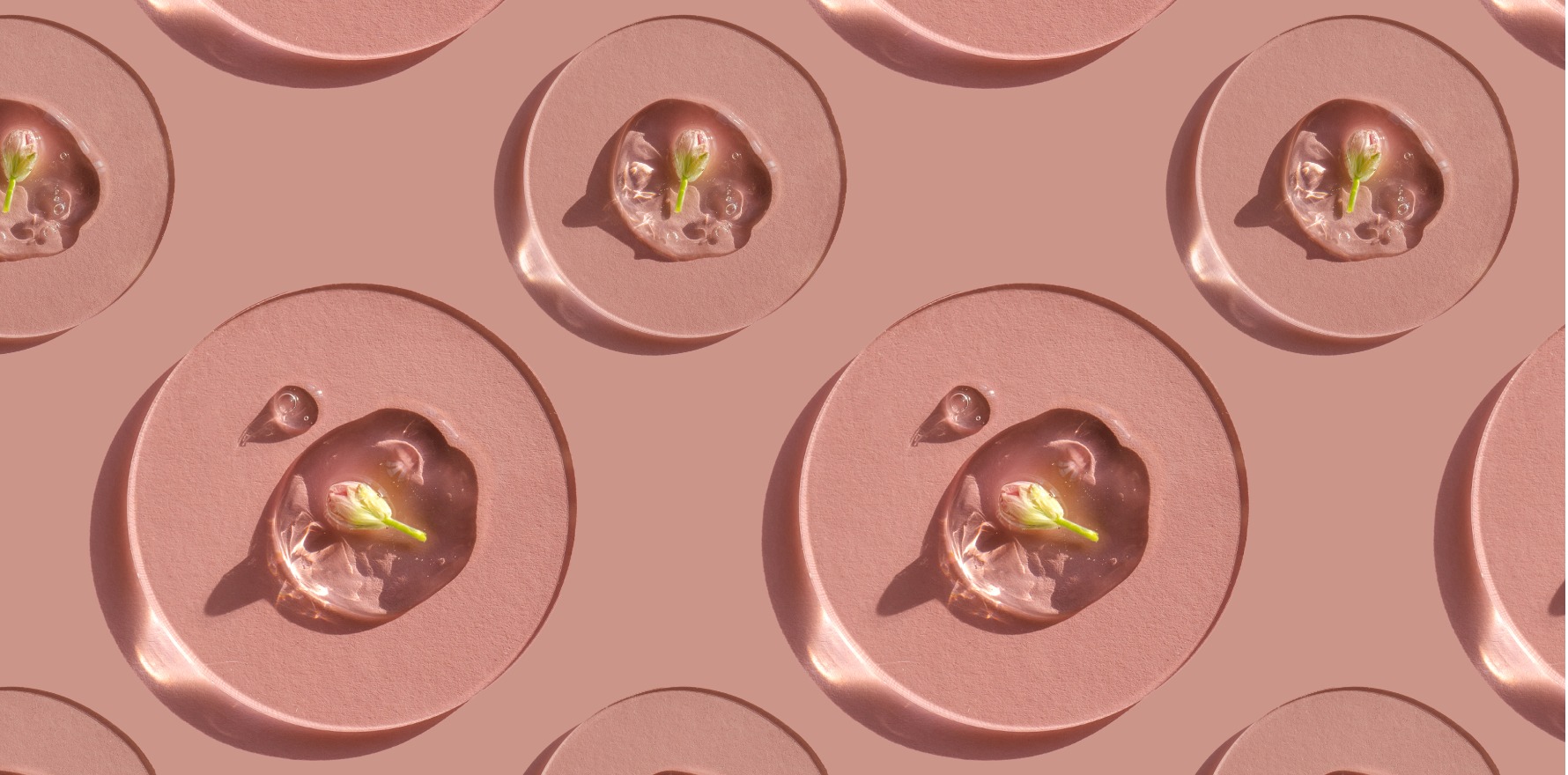And it works both externally and internally for chronic wounds and cancers.
A new wound treatment has been developed to eradicate pathogens without the use of antibiotics or silver-based dressings.
Antibiotic resistance is a common issue in chronic wound treatment. Plasma-activated hydrogel therapy (PAHT) is highly effective at destroying common wound pathogens such as Escherichia coli and Pseudomonas aeruginosa and promotes wound healing. It has also been shown to be mildly effective against Staphylococcus aureus.
PAHT is a hydrogel dressing similar to those already on the market but the dressing, once activated by a concentrated spray of gas (referred to as a plasma jet), produces unprecedented amounts of hydrogen peroxide directly into the wound.
Dr Endre Szili, senior research fellow at the University of South Australia, told TMR that the electrochemical enhancement of the gel could even be tailored depending on the specifics of the wound. By changing the composition of the gas, the products of the gel could either focus on decontaminating the wound or promoting healing of the tissue.
This meant that the same dressing could be left on a wound and treated multiple times, first to focus on decontaminating the wound and eradicating pathogens and then to produce greater quantities of species from the gel which promote tissue healing.
Dr Szili said that regular removal of dressings could disturb the wound bed and delay healing, but continuously treating the same dressing would help to avoid that.
He said he was hopeful that clinical trials for external PAHT would be underway within the next five years but noted that its internal use is still in early stages.
“Research in the internal use of PAHT is still in the more initial and exploratory phase but with good funding support and results I am ambitious that we could see the technology helping patients within the next 5-10 years,” he told TMR.
Dr Szili recognised that the use of a plasma jet in a clinical setting had its disadvantages. The team have been working on more practical applications of PAHT in patient use and to develop it as an alternative to current silver-based dressings.
“The major advantage [of the plasma jet] is that can be used to deliver antimicrobial agents on-demand, which helps mitigate antimicrobial resistance. The disadvantages are that it does require extra training to use the plasma jet equipment and has additional cost,” Dr Szili explained.
The researchers are working on two possible alternatives to the plasma jet.
“The first is pre-activating hydrogel dressings in batches that can be stored and shipped as a conventional dressing product without any special storage requirements (e.g. no need to refrigerate),” he said.
He said he believed the dressings could be relatively low cost as well, comparable to current hydrogel dressings.
“The second approach is for the healthcare provider to activate the dressings in a small benchtop plasma unit (similar to a conventional microwave oven) that would enable the dressings to be freshly activated when needed,” said Dr Szili.
“As per the first approach, the consumable hydrogel dressing would be provided packaged as per conventional dressing products.”
The research team have only tested the retention of antimicrobial activity in the pre-activated hydrogel dressings for up to a week, but Dr Szili said he believed there was potential for a much larger timeframe of product viability.
“There was no loss of antimicrobial activity over this time, so I think it is feasible to manufacture the PAHT dressings with an even longer shelf-life potentially up to six to 12 months,” he said.
They’ve also found that they can change the composition of the oxidants in the plasma jet and the viscosity of the hydrogel for use on internal wounds and cancers.
“We have also shown the same multipronged PAHT can be used to effectively target the treatment of bladder and ovarian cancer cells,” he said.
“For cancer treatment, the PAHT could be formulated into a gel that is injected into the body either as a low viscous gel to treat larger areas or as a gel with high viscosity for more localised tumour treatments.
“This is advantageous because it would enable the treatment to be targeted to the site where needed.”
Another interesting finding from the research was that the treatment could be tailored to treat cancers without damaging the healthy surrounding tissue and cells, Dr Szili explained.
“This can help avoid unwanted side effects and make the treatment more tolerable for the patient, which is expected to improve the patient’s quality of life and the effectiveness of the treatment,” he said.
At this stage, internal use of PAHT would likely be performed under anaesthesia or sedation. So far in their laboratory investigations, they have not seen any adverse effects of using PAHT in conjunction with other drugs.


